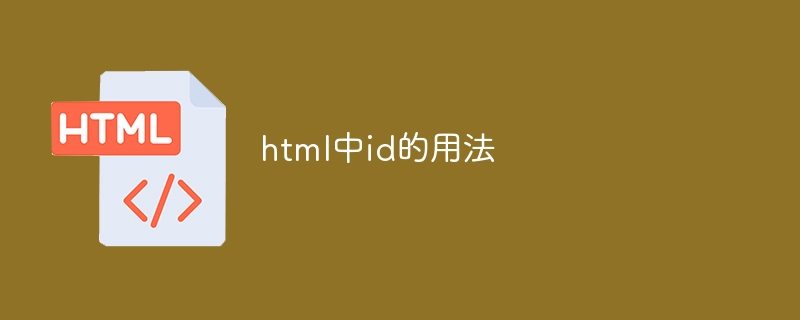
ID is used in HTML to provide a unique identifier for an element. Its uses include: Applying CSS styles JavaScript actions Creating anchor links Best practices are to remain unique, use descriptive names, avoid spaces, and use lowercase letters.

Usage of ID in HTML
ID is an important attribute in HTML and is used to provide content in the page. Provides a unique identifier for a specific element.
Definition
The value of the ID attribute must be a string, and the ID value must be unique for each element in the page. The ID value should start with a letter or underscore and can be followed by any number of letters, numbers, or underscores.
Uses
The ID attribute has the following main uses:
<code class="css">#my-element {
color: red;
font-size: 20px;
}</code><code class="javascript">const element = document.getElementById("my-element");
element.style.display = "none";</code><code class="html"><a href="#my-section">前往我的部分</a></code>
Best Practices
The following best practices should be followed when using the ID attribute:
The above is the detailed content of Usage of id in html. For more information, please follow other related articles on the PHP Chinese website!